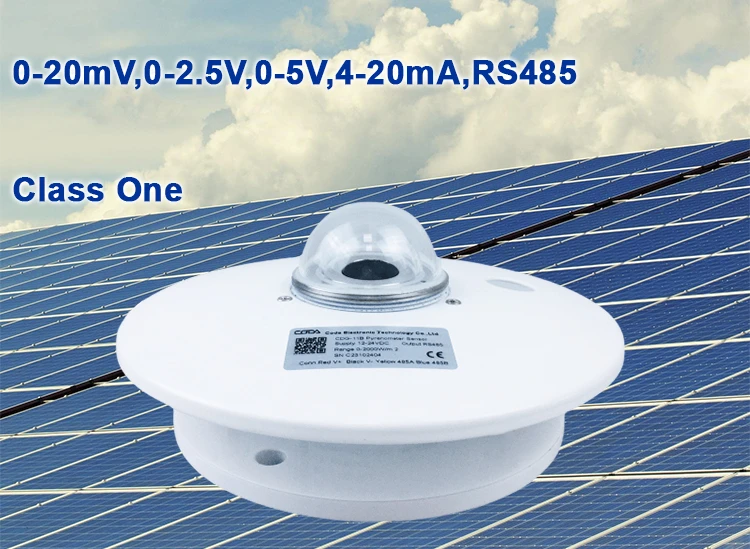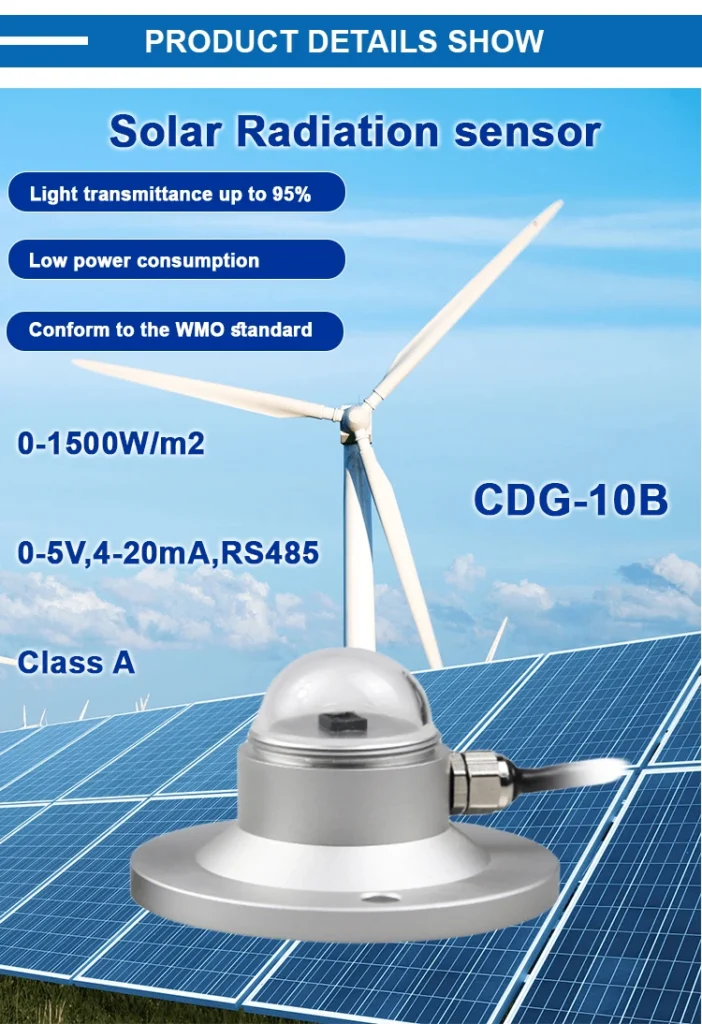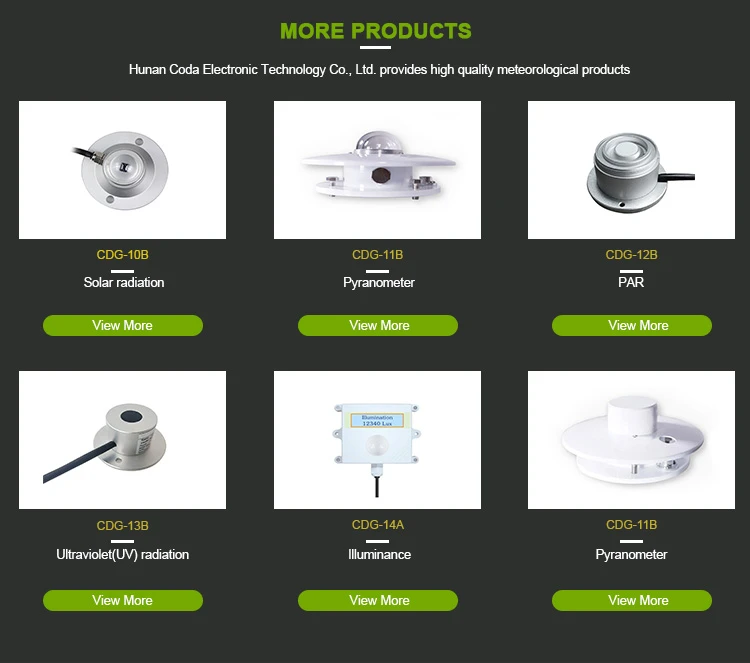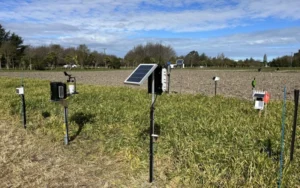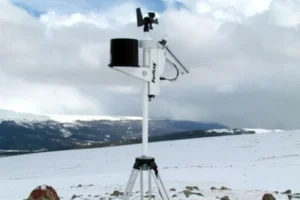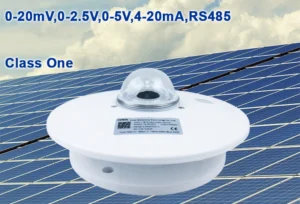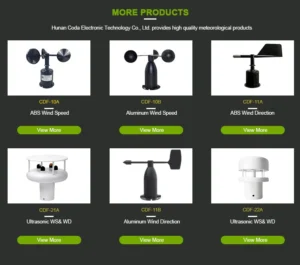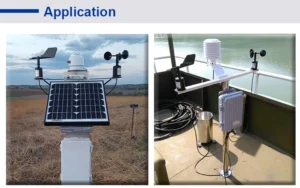Difference between pyranometer and pyrheliometer?
Pyranometers and pyrheliometers are special tools used to measure sunlight. However, they are made for different uses and measure different things.
Pyranometers: Tools for Measuring Solar Radiation and How They Work
A pyranometer is a tool used to measure solar radiation. This shows how much solar energy hits a specific area over time. It usually measures global radiation. This includes both direct sunlight and scattered sunlight on a flat surface.
Pyranometers work passively and often have a small black surface or sensor. This sensor has materials that reflect light around it. These materials help direct sunlight onto the sensor.
Their measurement range typically goes from 0 to 2000 W/m². It has an accuracy of ±2%.
To get good results, place pyranometers on a flat surface. Make sure their sensors are pointing up. They need to be cleaned often to stop dirt or debris from affecting performance.
Some models can measure sunlight. They can also track other environmental factors. These include temperature, humidity, and atmospheric pressure.
This data helps us understand how solar radiation affects climate change. It also gives helpful information for weather forecasting, environmental research, and similar fields.
Pyrheliometers: Measuring Direct Solar Radiation and How Their Alignment Affects Their Function
A pyrheliometer has a different job. It measures direct sunlight from the sun’s beam. Unlike pyranometers, pyrheliometers need to be aligned with the sun.
These devices use a lens or a small hole to focus sunlight onto a sensor. This sensor measures heat energy. The pyrheliometer measures solar energy for each area and time. It then converts this into data about solar heat.
The main difference between these two devices is what they measure. Pyranometers measure all solar radiation on a flat surface. This includes both direct and diffuse sunlight. In contrast, pyrheliometers only measure the direct solar beam when conditions are aligned.
This looks at its thermal energy content. Both tools are important for studying solar energy. They are also used to study the weather and predict the climate. Each instrument is made to measure different parts of solar energy.
